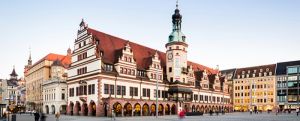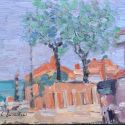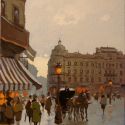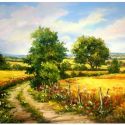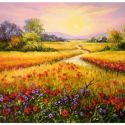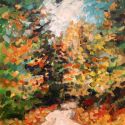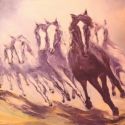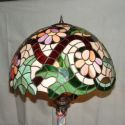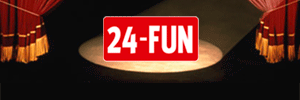Vlaminck, with his friend French painter André Derain [10 Jun 1880 - 10 Sep 1954], was part of the group that exhibited at the Salon d'Automne in Paris in 1905 and became known as the Fauves. Born in Paris, Vlaminck was largely self-taught (he once boasted that he had never been inside the Louvre museum in Paris).
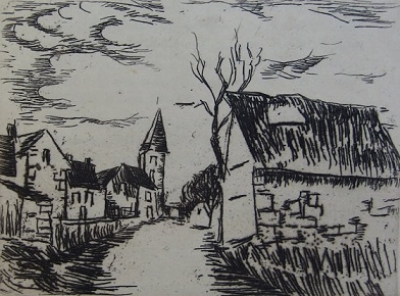
Etching, 1927
He was a professional bicyclist and earned his living as a violinist before becoming an artist. Vlaminck's work was greatly influenced by the colors and brushwork of Dutch painter Vincent van Gogh, a retrospective of whose work had been shown in Paris in 1901. Painted in pure, intense pigments, Vlaminck's fauvist works such as Red Trees (1906) provide brilliant color contrasts. After the decline of fauvism, about 1908, his work-primarily landscapes-became more subdued in color and composition. Typical of these are The Painter's House at Valmondois (1920) and The Village Road (1935).
Vlaminck also wrote several novels. Maurice de Vlaminck was born to a Flemish father. His parents moved to the Paris area when he was only three years old. He showed only a slight interest in his studies, beginning the journey of autodidactism that characterized his relations with painting. During his adolescent years, he held all sorts of jobs to escape his poverty and it was not until the age of twenty-three that he turned to painting. He was accompanied in this by Derain, with whom he began to share a studio in Chatou (the Chatou School).
At the Salon d'automne of 1905 Vlaminck exhibited in the same room as the other fauves and it was after this exposition that his financial situation began to gradually improve. His first one-artist exhibition took place at the Vollard Gallery in 1907. Immediately following World War I, he retired to the country, where he had always wanted to live because of his love for nature. The Nature morte aux poissons can be approximately dated to 1907-1910.
Like the other artists who first developed the fauvist technique under the influence of Van Gogh [30 Mar 1853 - 29 Jul 1890] and Gauguin [07 Jun 1848 –-08 May 1903], Vlaminck was strongly marked by Cézanne's work, which he admired at the retrospective presented at the Salon d'automne of 1907. Still life with fish, typical of the end of the fauvist period, reflects the influence of Van Gogh in its aggressive technique, violent colors, and its solid and schematic construction, as well as in the use of pure color.
After 1910, Vlaminck developed a style similar to Cézanne's, more sober in color as well as in construction. Crossing his brushstrokes, he alternates here a divisionist technique and large colored surfaces. The artist shows, albeit in a common subject, his passionate and instinctual temperament, ignoring classic notions of volume and subject treatment. The avant-garde expressionist power of this work and the absence of references, due to Vlaminck's autodidactism, make him one of the most violent fauvist painters and a precursor of the art of Soutine [1894 - 09 Aug 1943].


